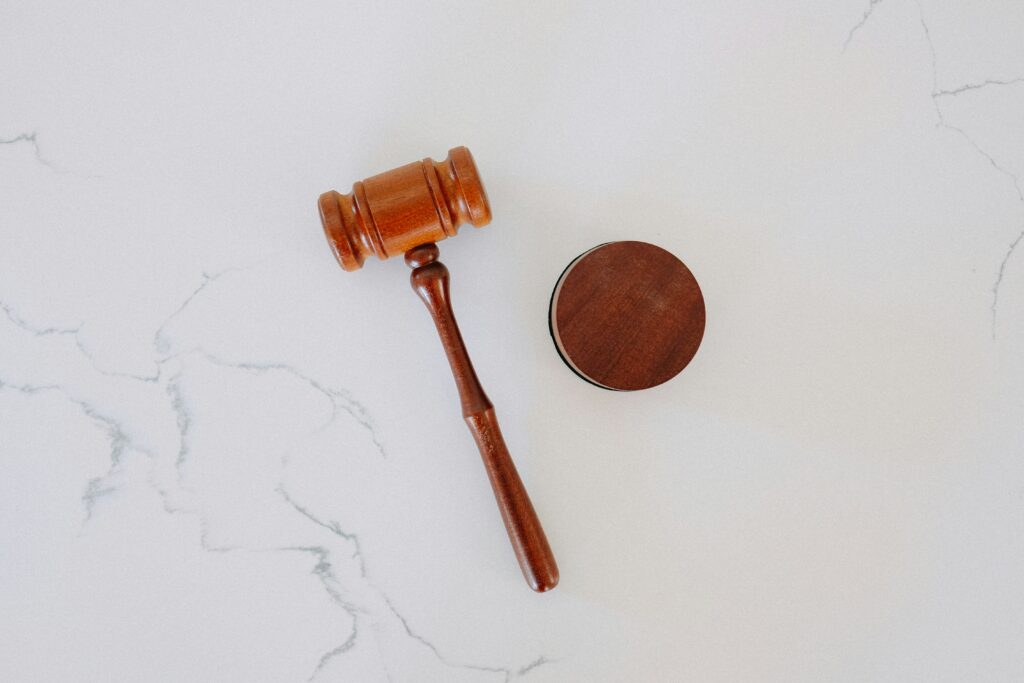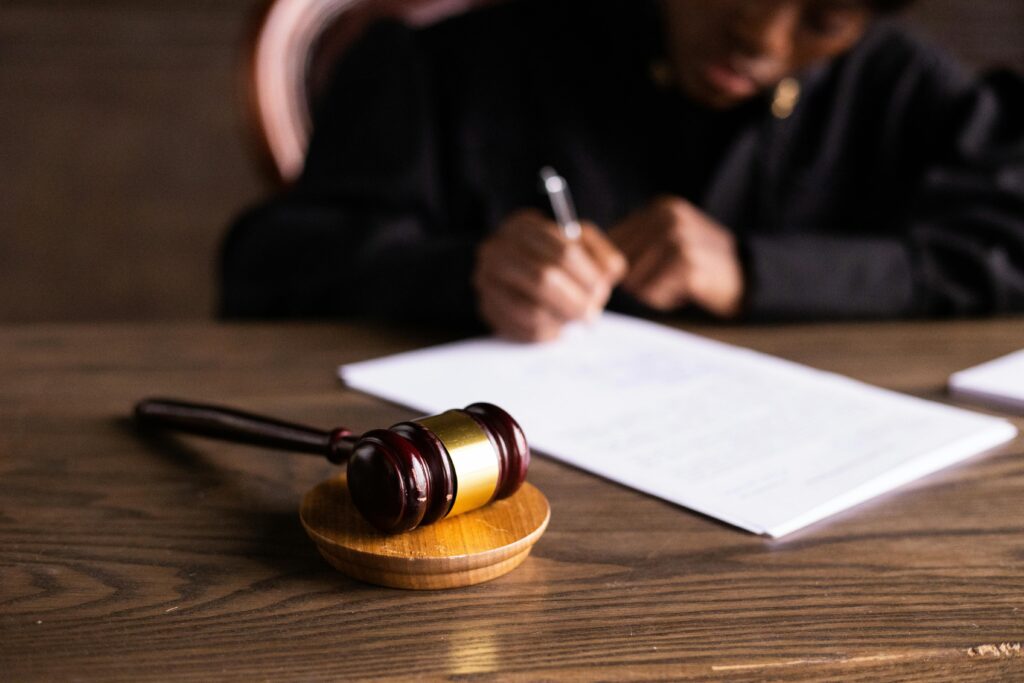Published On: October 27th 2025
Harsha Gurunath Darpe
Dr. Ambedkar College of law, Wadala
ABSTRACT
In today’s world, where most communication and business transactions happen through the online mediums, it’s clear that digital records are important for showing evidence of wrong doing and proving offences.
Digital evidence plays a very important role in cybersecurity. It is essential for looking into cybercrimes and security breaches and for studying information from different digital sources. Handling digital evidence is now a key part of every investigation. It is also a vital tool for the legal system and law enforcement, helping to provide crucial evidence in both civil and criminal cases.
This article provides a general summary of how digital evidence is accepted in legal cases related to cybercrime in India. Both the Information Technology Act of 2000 and the Indian Evidence Act, 1872, set rules for when digital evidence can be used in court and the difficulties that come with using such evidence in legal processes.
In this article, we will look at examples from around the world and court decisions, different kinds of digital evidence and cybercrimes, whether digital evidence can be used in court, and the difficulties faced when dealing with digital evidence according to Indian laws.
INTRODUCTION
Cybercrime is becoming a bigger problem in India. It involves illegal actions done through mobile phones, computers, networks, the internet, and includes things like financial fraud, hacking, data breaches, and identity theft. These crimes target people, businesses, and even governments, causing financial loss, damage to reputation, and the risk of leaking private information. The number of such crimes has been increasing every year.
Recent reports show that Maharashtra is the most affected state in India when it comes to cybercrime, followed by Uttar Pradesh.
This article looks into how digital evidence is connected to cybercrime. It examines different aspects that are accepted as valid under the Information Technology Act, 2000 and the Indian Evidence Act, 1872.
In today’s world, digital evidence is a very useful tool in criminal investigations and court cases. It can give important information about crimes and help understand what suspects were doing. This information can come from smartphones, computers, cloud storage, and even social media.
This study offers a detailed look at cybercrimes, the laws that apply to them, the ways investigations are carried out, and how courts view these issues. It also includes important court decisions and real-life cases, which give a better understanding of how cyber laws are applied in practice.
WHAT IS CYBERCRIME
Cybercrime is any illegal activity that uses a computer, computer network, or communication device to help commit a crime. This can include stealing information, tricking people for money, or breaking into systems to get sensitive data.
List of Cybercrimes:[1]
- Child pornography or sexually abusive material involving children (CSAM)
- Cyber bullying, cyber stalking, cyber grooming, and cyber-squatting
- Job fraud done online and sextortion online
- Vishing, sexting, smishing, and pharming
- SIM swap scams and selling drugs online
- Fraud using credit or debit cards
- Pretending to be someone else and stealing their identity
- Phishing, sending unwanted messages, and using ransomware
- Viruses, worms, Trojans, and using computers to mine cryptocurrency
- Breaking into systems to steal data, changing websites, and stealing secrets
One of the foremost or the first cases of cybercrime was Yahoo v. Akash Arora [1999] [2] ; Citation [1999] IIAD Delhi 229, 78 [1999] DLT 285 In this case, Around the world, Yahoo Inc., the plaintiff, is known for owning the famous trademark “Yahoo” and the domain name “yahoo.com,” both of which are well-known and have a strong reputation. Yahoo has been a recognized company since 1995 and holds trademark registrations in 69 countries worldwide, except for India. The company’s main office is located in Sunnyvale, California.
The defendant, Akash Arora, purchased a domain name and named his company “Yahoo India” to look like the services offered by Yahoo Inc.
In response, Yahoo Inc. asked for an interim injunction, which would require Akash to stop using the domain name “yahooindia.com” or any other name that is similar to its trademark. Yahoo also filed a lawsuit against Akash, saying he tried to make people think his services were from Yahoo Inc. and that he used a trademark that is confusingly similar to Yahoo’s name. They dealt with this by taking legal action against Akash Arora.
A court issued a restraining order against Akash Arora after he was found guilty of violating Yahoo Inc.’s trademark. The court based its decision on the argument that Arora was using a domain name that was very similar to Yahoo Inc.’s and offering services that were similar to those provided by Yahoo Inc. This situation was classified as cybersquatting. Yahoo Inc. was used as an example to show how important a company’s name and trademark are in building its reputation. Because of this, it was decided that Arora must stop using the domain name “yahooindia.com” permanently. This was because the word “Yahoo” had already developed a strong reputation. The court also granted the authority to prevent others from falsely representing Yahoo Inc.’s products.
WHAT IS DIGITAL EVIDENCE[3]
Digital evidence is any kind of information that can be used during an investigation or in court. This includes things like web search history, photos, videos, text messages, emails, social media posts, images, call records, phone recordings, and footage from security cameras. These pieces of evidence are looked at by experts in digital forensics. Here are some examples of digital evidence:
- Emails and chat logs: These can be used to prove communication between parties and can be used to establish intent or motive.
- Social media posts: Social media posts can be used to establish a person’s whereabouts, activities, and associations.
- Computer files: Computer files such as documents, spreadsheets, and presentations can be used to establish a person’s activities, associations, and intent.
- Video footage: Video footage can be used to establish a person’s whereabouts, activities, and associations.
- Cell phone records: Cell phone records can be used to establish a person’s whereabouts and activities.
- Text messages: Text messages can be used to establish communication between parties and can be used to establish intent or motive.
- GPS data: GPS data can be used to establish a person’s whereabouts and activities.
ROLE OF DIGITAL EVIDENCE IN CYBER CRIME INVESTIGATION[4]
Cybercrimes are a big problem in India. As technology grows, some people are using it for bad purposes like fraud. According to a report from the National Crime Record Bureau (NCRB), there was a big increase of 63.5 percent in cybercrime cases in 2019. Most of these cases were about fraud and involved sexual exploitation. Most of these cases come under computer-related offences, as stated in Section 66 of the Information Technology Act.
Yes, WhatsApp chats can be used as electronic evidence in Indian courts, but they need to be supported by a Section 65B certificate to prove they are real and were properly taken from a trusted device.
It’s very important to have digital evidence to support the facts and prove these cases. Digital evidence is connected to crimes like identity theft, cyberstalking, and credit card fraud. It helps find and prove cybercrimes in court. Using digital devices helps uncover evidence linked to cybercrimes, data leaks, hacking, and other digital issues.
ADMISSIBILITY OF DIGITAL EVIDENCE IN INDIAN COURTS[5]
In India, Section 65B of the Indian Evidence Act, 1872 deals with when electronic evidence can be used in court. Before the court allows electronic evidence, it checks if it is relevant, true, and genuine. The evidence must meet all the legal rules for being authentic, reliable, and intact. To show that an electronic record is real, a certificate under Section 65B (4) of the Evidence Act is needed. This certificate should contain information about the computer system that created the record. If the way the certificate is made doesn’t follow the rules in Section 65B, the electronic evidence won’t be accepted in court.
For the first time, the Supreme Court ruled in the case of Anvar PV V. P.K. Basheer & Ors. [2014][6] ; Citation: [2014] AIR SCW 5695 that documentary evidence in the form of electronic records can only be proven under the rules of Section 65B of the Evidence Act.
This decision showed how important Section 65B is in legal matters.
Now, almost all types of electronic records, like CCTV videos, bank statements, ATM receipts, e-forms, digital signatures, and government orders, are considered valid electronic evidence.
CHALLENGES IN PRESENTING DIGITAL EVIDENCE IN COURT[7]
In Indian courts, using digital evidence is tricky because there are many problems. One issue is that digital data can be changed, making it hard to trust. Also, keeping track of where the evidence has been and who has handled it is difficult. There are no clear rules about making sure the information in electronic records is correct.
It’s very important that police, investigators, and the public know how to properly collect and handle digital evidence.
They need training to follow the right steps and keep the evidence safe. People also need to learn how to properly give evidence to the right authorities so that it can be used in investigations.
In India, digital evidence is not always accepted in court.
One problem is that it can be altered, which makes it less reliable. Another issue is proving that the evidence was kept safe from the time it was collected until it’s shown in court. Also, there are no standard ways to check if the information in electronic records is accurate. However, the Indian legal system realizes the importance of digital evidence in fighting cybercrime and is working to improve the rules so that it can be used better.
Training for police, investigators, and the public is important for handling digital evidence properly. Having clear rules for collecting, keeping, and showing digital evidence is essential. Educating people on how to submit evidence correctly is just as important. India is trying to build a strong legal framework for digital evidence, which is a tough balance between making sure justice is done and dealing with fast-changing technology. To keep the legal system working well as technology advances, it’s important to keep improving digital forensics and training for legal professionals.
CONCLUSION
Digital evidence plays a big role in modern investigations. As technology continues to grow, the use of digital evidence is becoming more common. The Indian court system has officially accepted digital evidence in many cases, giving it legal status. Digital evidence is used in different types of cases, especially those involving cybercrime or fraud, where it is often more reliable than traditional forms of evidence. After recognizing the significance of digital evidence, the Parliament introduced the Bharatiya Sakshya Bill 2023, which includes rules about how digital evidence can be admitted in court. The bill treats digital evidence as a main type of proof. However, digital evidence also comes with its own problems. It needs to be kept secure and untouched, which can be done by using strong passwords and other digital security methods. Some of the challenges include issues like software privacy, hacking, fraud, and theft. To deal with these issues, the law needs to keep updating. The government also needs to give clear instructions on how to protect digital evidence and educate people about it. Many countries are giving legal recognition to digital evidence, including the International Criminal Court, which uses it in various cases. As more people use technology, more information is stored on digital devices, which can sometimes be misused for crime. Everyone in the legal system, like lawyers and judges, must learn how to handle digital evidence properly. It is important for all parties to work together to ensure that digital evidence is used correctly and that justice is served fairly.
REFERENCES
- National Cyber Crime Reporting Portal
- International Journal of Scientific Research in Science and Technology
- Pelorus (Enabling Technology In the Right Direction)
- The Legal Quorum
- IPleaders
- Indian Kanoon
[1] https://cybercrime.gov.in/Webform/CrimeCatDes.aspx
[2] https://thelegalquorum.com/yahoo-inc-vs-akash-arora-anr/
[3] https://ijsrst.com/paper/12484.pdf
[4] https://blog.ipleaders.in/all-about-digital-evidence/
[5] https://www.pelorus.in/admissibility-of-digital-evidence/
[6] https://blog.ipleaders.in/all-about-digital-evidence/
[7] https://blog.ipleaders.in/all-about-digital-evidence/




